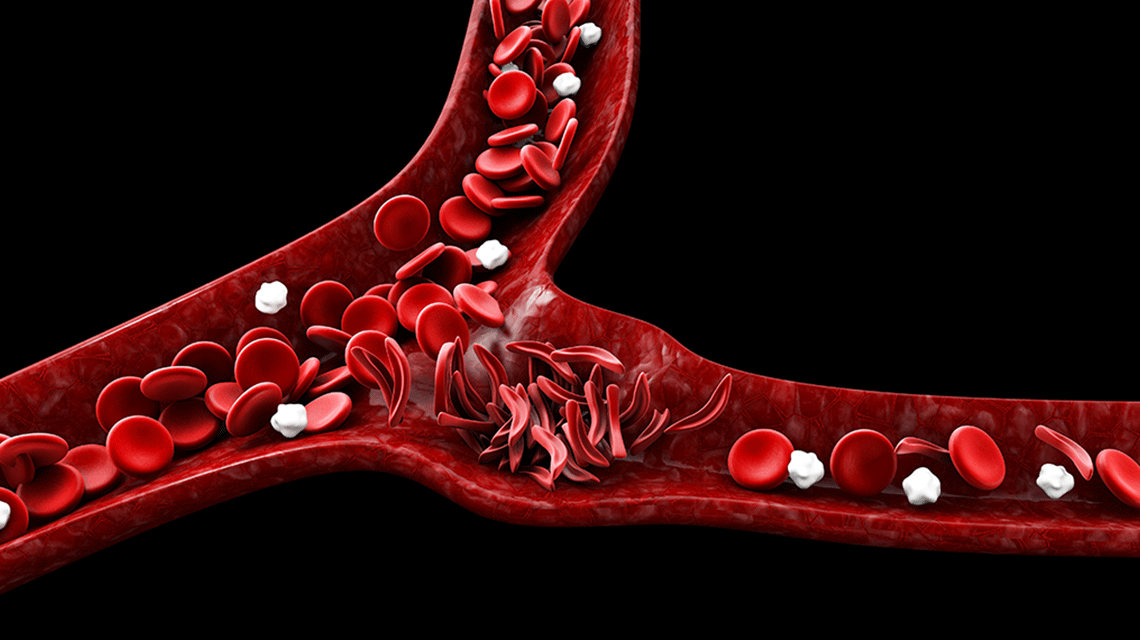Helping the Child by Helping the Mom
Helping the Child by Helping the Mom https://pediatricsnationwide.org/wp-content/themes/corpus/images/empty/thumbnail.jpg 150 150 Dave Ghose https://secure.gravatar.com/avatar/f146b259ebc8ba9d52ea9ef823792abf?s=96&d=mm&r=gPediatricians can help babies by doing a better job screening new mothers for postpartum depression. Up to 20 percent of new mothers experience postpartum depression, but studies show that nearly half go undiagnosed. If pediatricians were to play a greater role in identifying mothers experiencing symptoms, they could play an important role in helping these…




